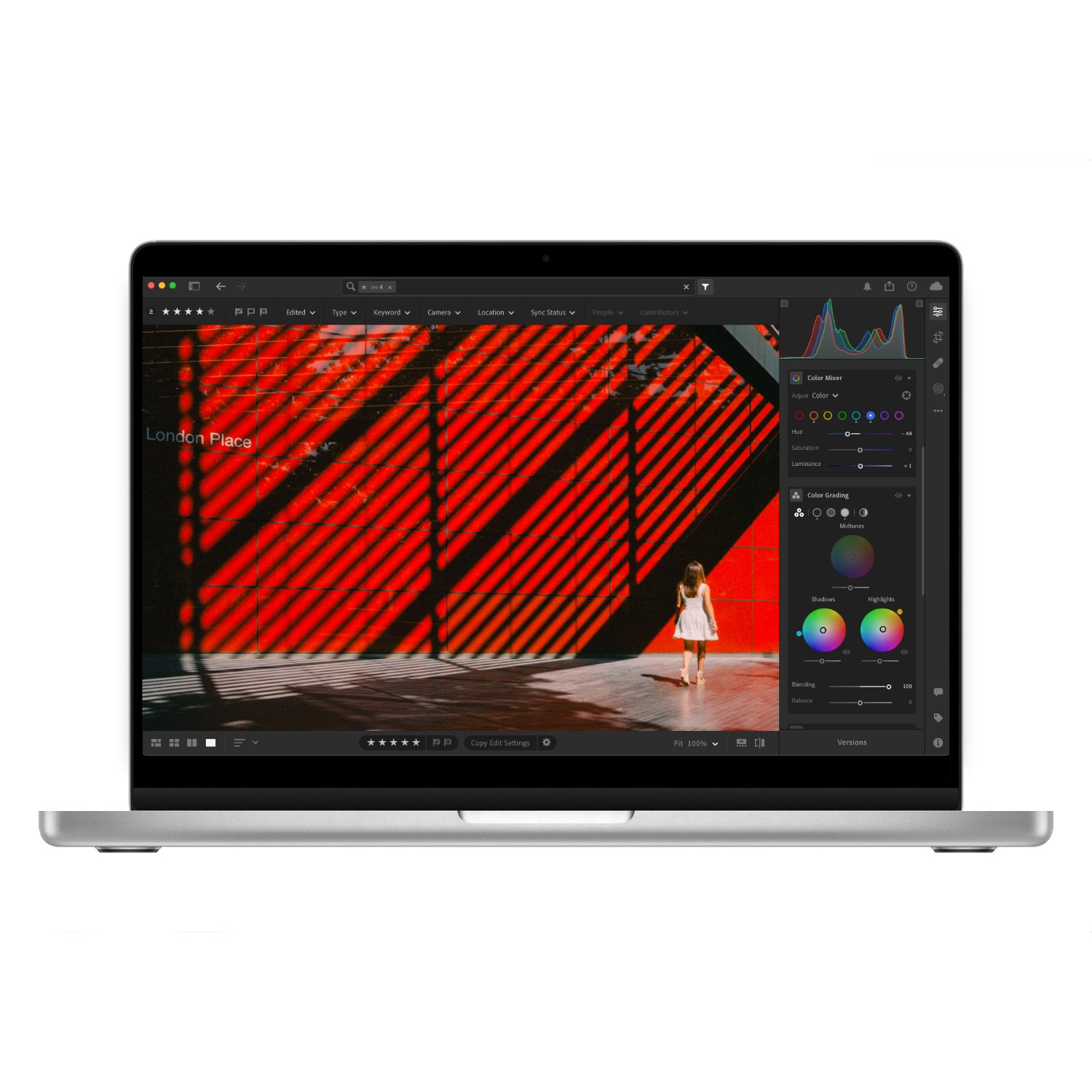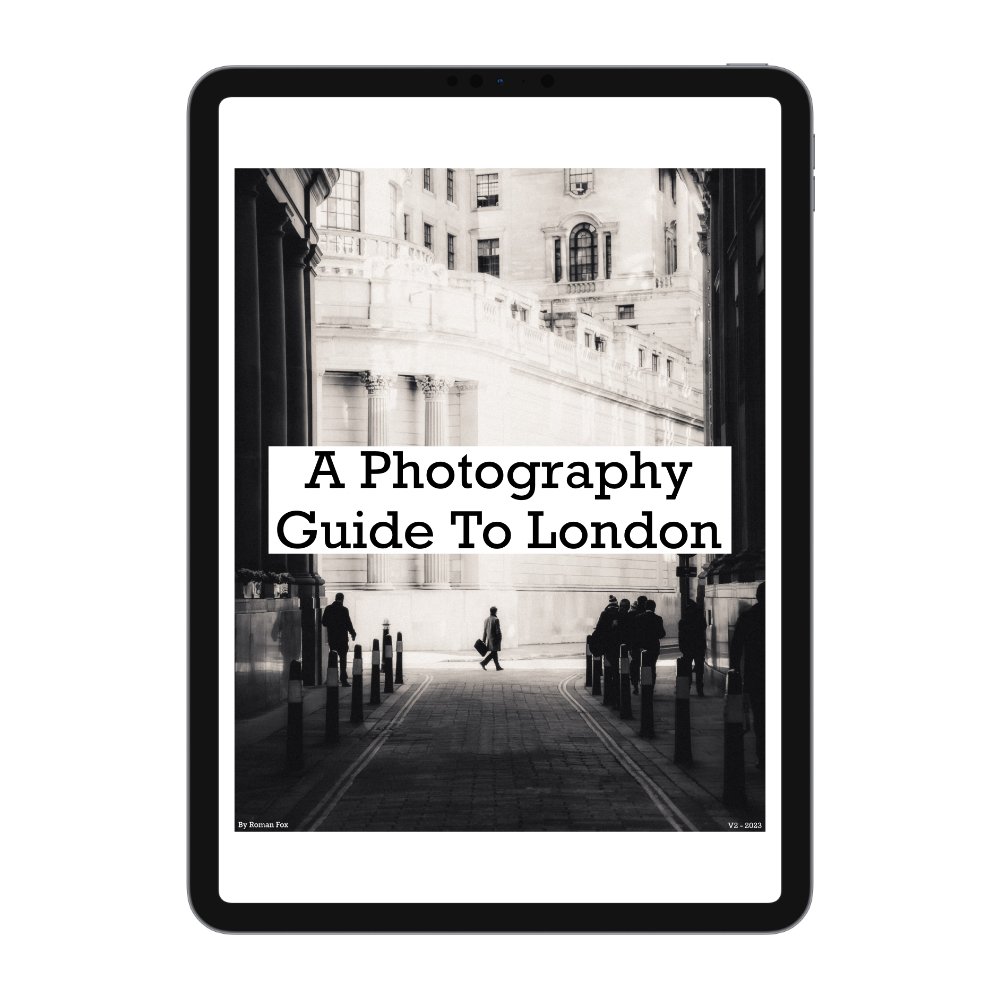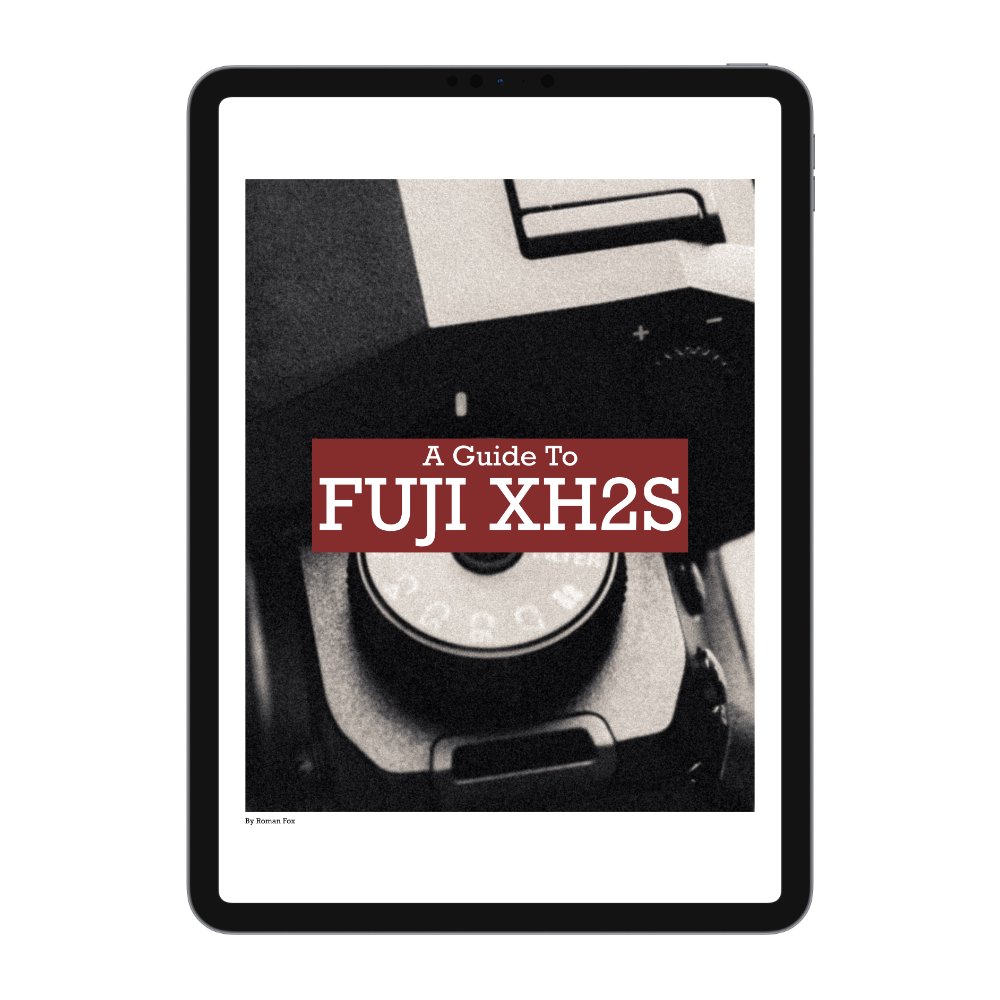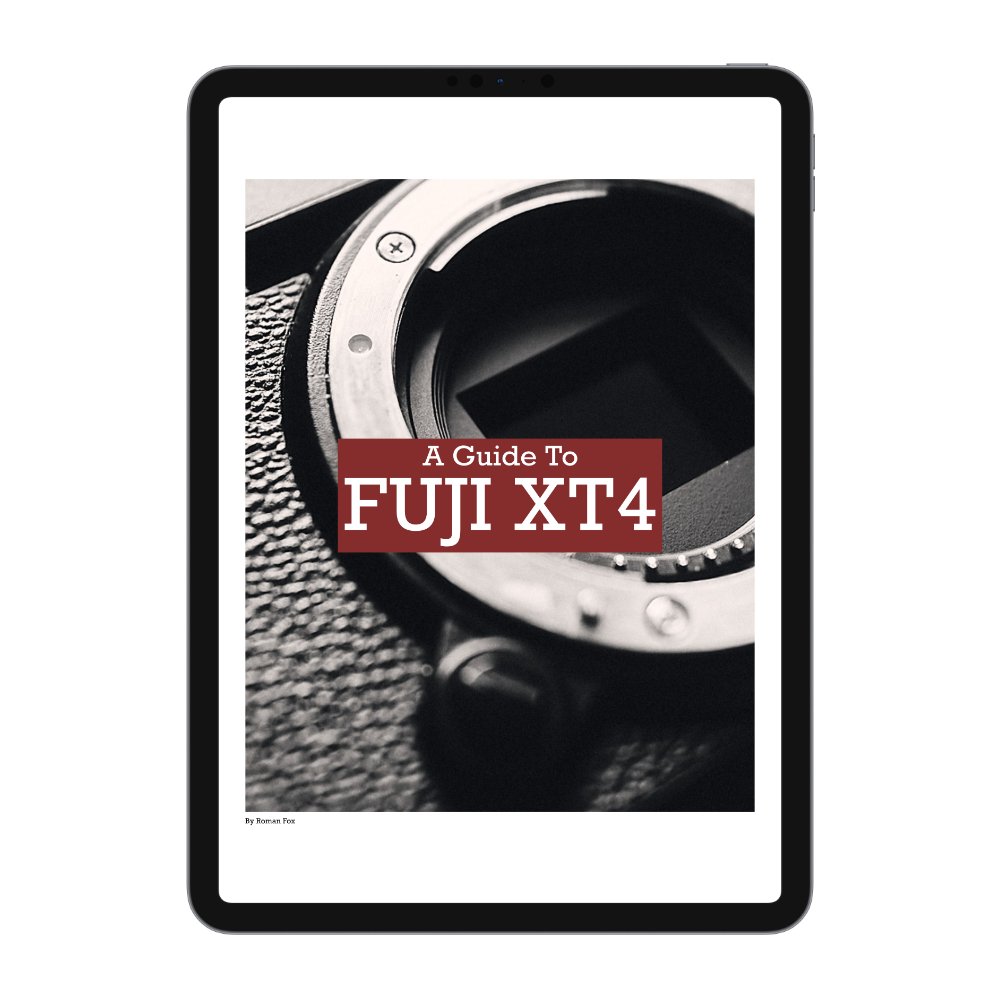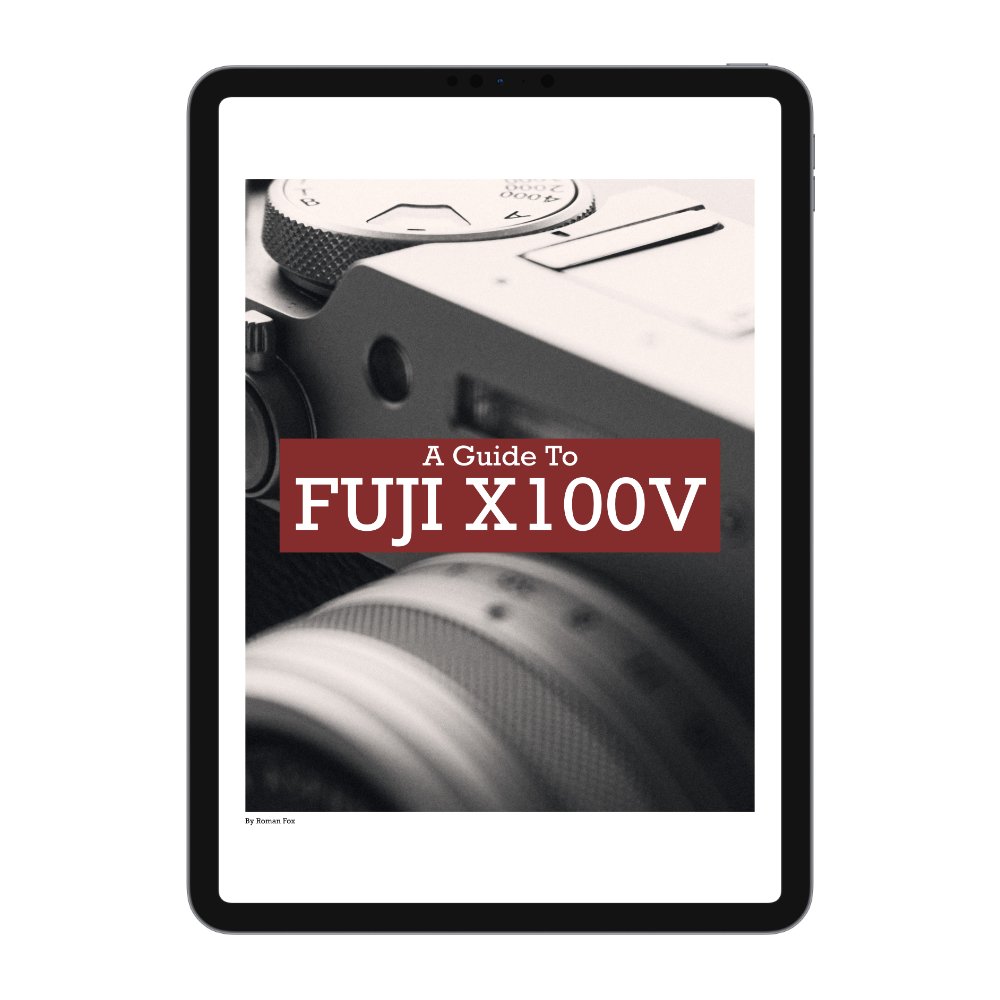I Spent £20,000 On Camera Gear - What I Learnt
In this blog, I’ll share some things I’ve learned after spending over £20k on camera gear in the last five years.
The more you spend, the less you get
The difference between a £100 camera and a £1000 camera is huge. The difference between a £1000 and a £2000 camera is smaller. The difference between a £2000 and a £4000 camera is even less noticeable. The more you spend, the less value you get for your money, and any upgrades will become increasingly niche. For instance, the autofocus system on a £2000 camera will be excellent. On a £4000 camera, it will only be noticeably better for a small group of photographers who shoot niche subjects. Most people wouldn’t even notice the difference. This applies to other features too, like burst mode, subject detection, and video.
You only need 2 lenses
90% of your photography needs can be met with just two lenses: a versatile 24-70mm zoom and a 35mm prime. The 24-70mm covers the key focal lengths without going to extremes, while the 35mm is perfect for street photography, travel, and documenting a day out. The zoom is ideal for travel, while the prime is the go-to for a casual photo walk.
A fun camera will be used more
Your camera can have the best specs, but if it’s boring to use, you’ll leave it behind. Having a camera that inspires you to pick it up is more important than AI autofocus or a 40fps burst mode. A fun camera will be used more often and will likely produce your best work. The key takeaway here is that what’s fun for you might not be the same for others. So while many people rave about the Fuji X100 or a Leica, you might find a Sony or Canon more inspiring.
Size and weight are important features
I’ve lost count of how many times I’ve packed my bag for a day of shooting, only to leave it at home and just take my phone or my Fuji X100. While large setups can be comfortable and offer more features, there’s something to be said for compact, lightweight gear. When buying new equipment, consider size and weight—they might be more valuable to you than a larger sensor or a faster aperture.
Most features are gimmicks
Most camera features are unnecessary gimmicks. As long as your camera is comfortable to hold, has the essential buttons, can focus reliably, and take photos, that’s all you need. Features like 500-megapixel in-camera stitching, auto AI tethering, and reverse computational panoramas might impress you once or twice, but I can almost guarantee you’ll forget they exist after a week.
Most camera accessories are a waste of money
When I was a kid, I worked at Halfords. For those unfamiliar, it’s a car accessory shop that sells wipers, batteries, and cheap bikes. Back then, before maps on phones, you had to buy a satnav. I remember my manager telling me to always try to sell an accessory with each satnav—cases, chargers, or other gimmicks—because while the markup on the satnav was low, the profit margin on accessories was huge. The same goes for photography. You don’t need a fancy lens cleaning kit, a UV filter set, or an overpriced camera bag that makes you look like a glorified ninja turtle.
The perfect camera doesn’t exist
When choosing a camera, even within the same brand, there will always be trade-offs. The perfect camera simply doesn’t exist, no matter how much money you spend. Once you understand this and start seeing cameras as tools rather than magical devices, it becomes easier to choose the right one for you.
Image quality is the slowest to improve
Every time a new camera is released, it comes with a slew of new features and improvements. However, image quality is often the least improved aspect. I’m not technical enough to explain why, but if I compare my Fuji XT5 to my 6-year-old Fuji XT3, the image quality is only marginally better on the XT5. The real improvements are in features like autofocus and general usability.
Image quality isn’t the same as a quality image
I’ve written an entire blog about this, but it’s relevant here too. You can buy good image quality, but you have to earn a quality image. When I started photography, I used to think that good image quality meant I had a quality image. Now I understand that’s not necessarily true. You can have a pin-sharp, well-exposed photo of nothing, and a technically poor photo of an interesting subject in good light with strong composition. In most cases, the second photo will command more attention.
Avoid rose-tinted glasses syndrome
People can be very tribal when it comes to brands. We see it with cars—Audi vs BMW. We see it in football—Arsenal vs Tottenham. And we definitely see it in photography. Criticise a camera brand, and within seconds, you’ll face the wrath of keyboard warriors whose identities are tied to that brand. Many people are so loyal to their brand that they ignore everything else, even if something better suited to them exists. Sometimes, it’s worth taking off the rose-tinted glasses and looking at camera gear more practically and realistically.
All mainstream cameras from the last 5 years are good
Deciding on which camera to buy can feel overwhelming. Between different brands, models, the used market, and previous generations, the choices can be paralysing. While there are some exceptions, most mainstream cameras released in the last five years are good and will serve you well.
Novelty always wears off
The first time you fly business class, drive a luxury car, stay at a fancy hotel, or use a new camera—it’s exciting. But those experiences don’t last. If you fly business all the time, drive a 911 daily, or stay at the Four Seasons on every trip, soon these luxuries become mundane, and the novelty wears off. The same goes for cameras. That new Sony A7RV you’ve been dreaming about will eventually feel like any other camera. Once it gets a few scratches, it will just be another piece of gear in your bag. My point is: don’t put nice things on a pedestal. They’re just things. Instead, focus your energy on experiences and enjoying the process.

